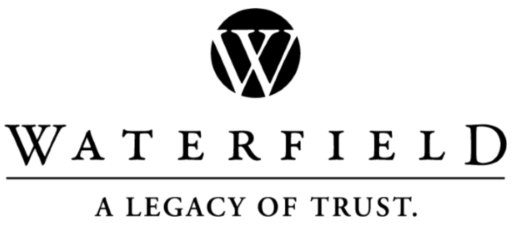“We just had an epiphany: in a world of AI nothing will be as valuable as humans!”
That was a comment by Sebastian Siemiatkowski, the CEO and co-founder of Klarna.
Klarna used to be the poster child for going all-in on AI.
They boasted that their OpenAI-powered assistant was handling two-thirds of customer service chats–doing the work of 700 full-time agents. I talked about this in my email: AI eats software.
So is this a massive U-turn? An indication that AI isn’t as good as we’re led to believe?
Many have pointed to the customer complaints and issues that inevitably cropped up in such a bold transformation. But I think there’s another angle: when you properly leverage AI to cut costs, and drive efficiency, you get to reinvest the gains.
Seems Klarna have decided to invest the proceeds into a combination of people and AI.
It makes perfect sense: as I covered last week, AI first businesses should use AI to automate away a bunch of costs, and open up whole new possibilities. But they must also use it to empower staff.
Siemiatkowski once claimed of AI: “It could do all of the jobs that we, as humans, do.”
And he’s right. But once AI frees us of the jobs we used to do, we get to do something else. Hopefully, something better! And we can use AI to help us.
Humans are both freed to do more – and can actually do more – because of AI.
The way I see it, Klarna have done so well with their AI strategy, they can afford to add back a touch of ‘luxury’ into their high volume, low margin, commodity product. Siemiatkowski said:
“We will continue to invest and improve our AI support. But the truth is the cost savings it generates and improvement in quality allows us to double down on making sure the human service part of Klarna becomes even better.”
This is not a reversal – it’s a recalibration toward a balance between AI assistants and human agents. It’s about elevating the product.
In my own exploration of AI in customer service and CX, I keep coming back to a concept I call the AI-First Contact Center. Its power rests on four pillars:
1. Automation for routine tasks and rapid self-service,
2. Assistance that helps agents respond faster and better,
3. Insight from analyzing every interaction, and
4. Optimization that continuously upgrades how we serve customers.
I’m willing to bet that Klarna have gone through that cycle a few times already, and they’re now rebalancing the roles of AI and agents. Far from a failure, this is exactly the ‘Optimization’ process that the AI first contact center makes possible.
If you’d like to learn more about the AI First Contact Center, check out my deep dive on the subject here.
Ultimately, Klarna’s “epiphany” reminds us that far from taking our jobs, AI frees us to do more. To be more… human?
Kerry
PS: If you want a more regular dose of insights, follow or connect with me on LinkedIn for regular posts on conversational AI, mindset, and egg juggling, among other things!
PPS: You are building with GenAI right now, aren’t you? If not, what’s stopping you? Check out our blog on Gen-AI blockers, or sign up for a complimentary Strategy Workshop to help you get started.
If someone forwarded this to you, please subscribe yourself for weekly insights that’ll make you think differently about your IVR, voice, and chatbots.
Helping you get maximum ROI from conversational AI — whatever the platform.
